About Patrick Ahearn FAIA
Patrick in His Own Words
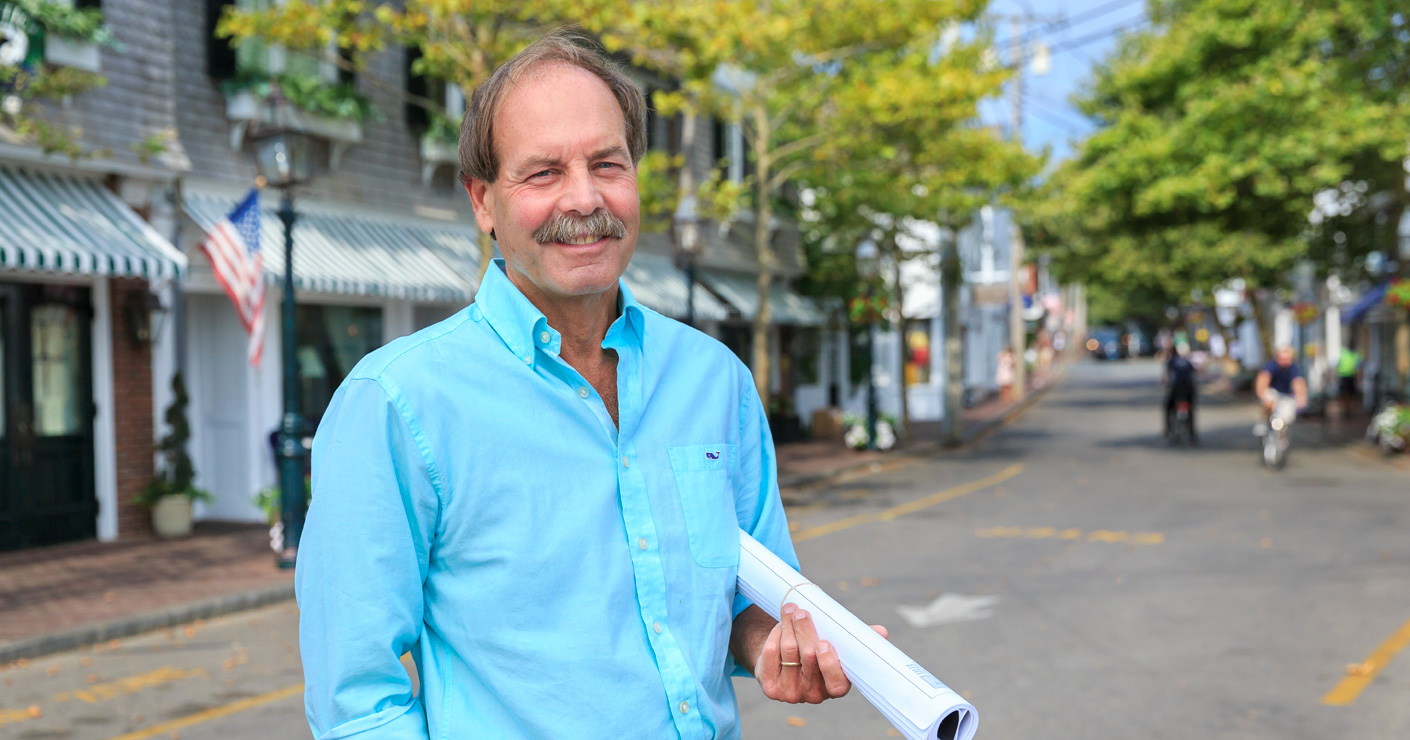
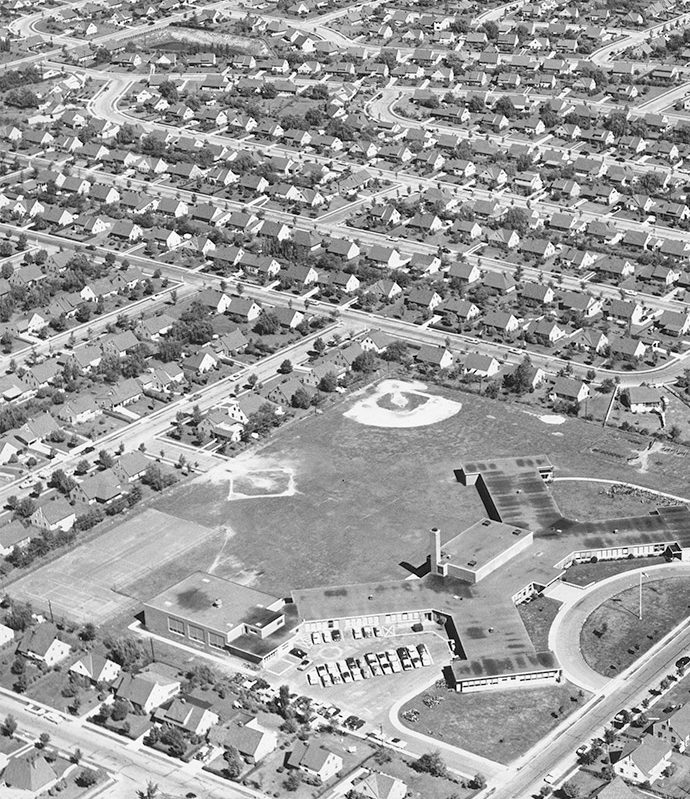
A Design Awakening
I knew from an early age that I wanted to be a designer. My first passion wasn’t architecture, however, it was cars. My father was a “car guy,” and I developed my initial appreciation for the power of good design and the importance of scale, proportion, and light through my dad’s vehicles.
Automobiles sparked my earliest aesthetic awareness, but it was growing up in the New York City suburbs, on Long Island, that helped me understand the ability of smart architecture and urban design to foster a sense of community. That’s because I wasn’t raised just anywhere; I was raised in Levittown, the nation’s first planned suburb, which became a model of mass-produced good design.
Thanks to my hometown, I came to appreciate density and scale and to understand that the spaces between buildings are just as important as the homes themselves. These vital lessons stayed with me while I earned a bachelor’s degree in architecture and a master’s degree in urban design from Syracuse University, graduating in 1973. I continue to bring them to bear on projects for clients today, whether working in and around Boston, on Cape Cod and Martha’s Vineyard, or across the country.
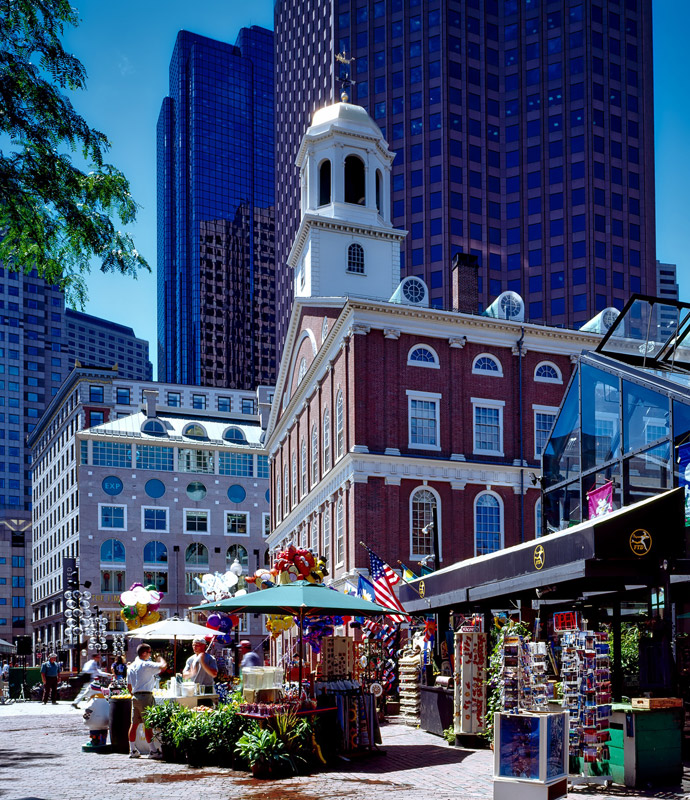
The Early Days
My first years in Boston found me teaching at Boston Architectural College and designing for the Architects Collaborative and Benjamin Thompson & Associates. At the latter, I had the good fortune to work on the adaptive reuse of Boston’s Faneuil Hall Marketplace. Reinventing empty eighteenth- and nineteenth-century commercial buildings and turning the spaces between them into public outdoor places, I helped create the first so-called “festival marketplace” in the country. To do so, my colleagues and I developed a script that imagined how visitors could experience the reborn district. This instilled in me the ability of narrative-driven architecture to build community. By weaving a storyline, we crafted an environment that was more inviting and engaging than it otherwise might have been.
At Benjamin Thompson, we applied similar scripting strategies to festival marketplaces and waterfront revivals projects in Miami and Baltimore, and to new-build, mixed-use hotels and urban design initiatives in such far-flung locations as Cairo and Abu Dhabi. These narratives brought architecture to life, just like the scripts I spin today for residential clients.
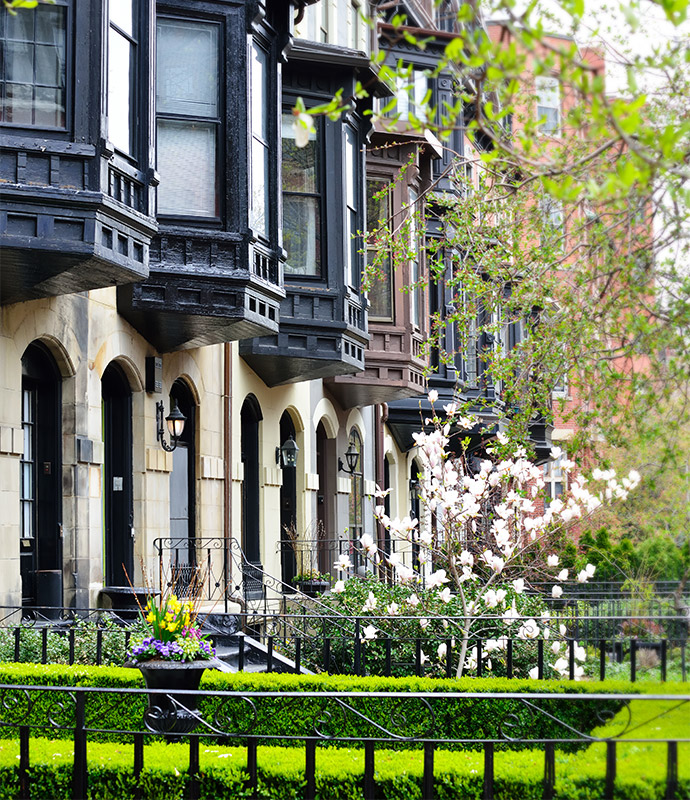
Out on My Own
I brought these experiences with me when I started my firm in 1978. Over the next twenty years, I redesigned hundreds of historic townhouses in the then-struggling Back Bay — restoring the buildings’ grand, landmark-protected nineteenth-century façades, then remaking their long-neglected interiors as clean-lined, open-plan spaces with Charles River–facing glass walls that opened to terraces. I also reinvigorated the Back Bay commercial corridor of Newbury Street, creating plans for outdoor cafes and boutiques that opened to the sidewalk. Ever mindful of scale, proportion, and context, I worked carefully within zoning, conservation, and community regulations to find appropriate but novel architectural solutions that pleased both preservationists and innovators — something that remains a signature of my work today.
I applied similar principles to the renovation of famed classic East Coast hotels, from Boston’s Fairmont Copley Plaza and Omni Parker House to the Shoreham in Washington, D.C., and South Florida’s Boca Raton Hotel. At each, I looked for ways not only to restore architectural elements but also to relaunch these properties as contemporary social, cultural, culinary, and entertainment destinations within their cities.
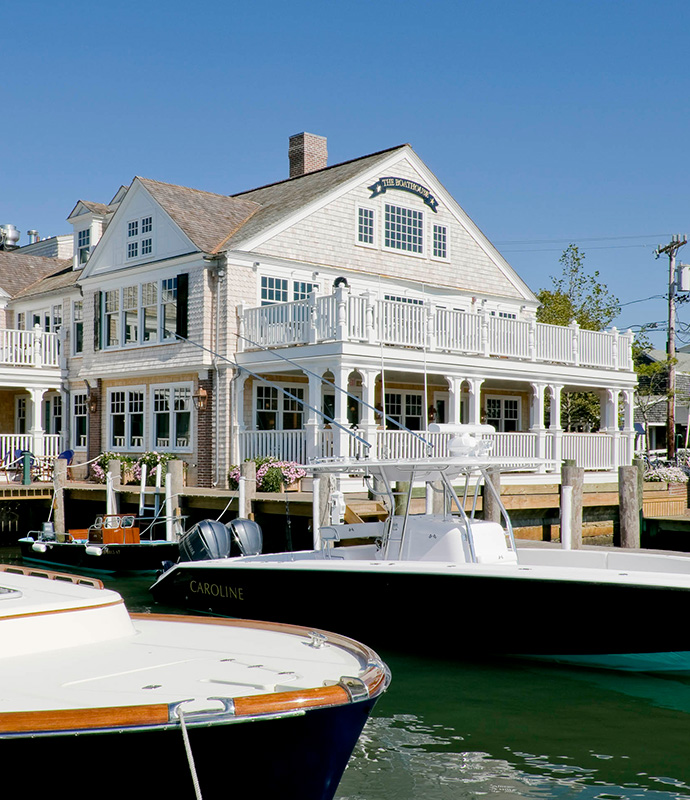
On to Edgartown
In the early 1990s, after renovating a home in town, I expanded my practice to Edgartown, the postcard-perfect, centuries-old community on Martha’s Vineyard to which I’ve devoted most of my professional and personal energies ever since. To date, I’ve completed more than 250 projects on the island, 200 of them in Edgartown Village alone. These include the restoration and reimagining of landmarked and historic homes, as well as the creation of newly built houses that seamlessly slip into the historic fabric of the town’s Greek Revival, Colonial, and Federal-style neighborhoods. Beyond these residences, my public and commercial work in Edgartown includes the reinvention of the 1904 Carnegie Library as a visitors’ center for the Vineyard Trust, the conversion of the 1960s harbor-side Navigator Building into the Atlantic restaurant and Boathouse club, as well as the renovation of the Edgartown Yacht Club, to name a few.
This ongoing revitalization of Edgartown has been one of the most rewarding projects of my career. The homes and environments I have had the pleasure of working on there prove that when preservation is properly balanced with innovation, it can create timeless architecture that improves the way we live, work, and play, both as individuals and as a community.